
ASUS unveils Fonepad and PadFone Infinity Android tablets
Today the festivities at Mobile World Congress in Barcelona, Spain kicked off. Nokia announced the new Lumia 520 and Lumia 720 Windows Phone 8 devices aimed at the entry-level and mid-range smartphone market and earlier ASUS unveiled two Android tablets dubbed Fonepad and PadFone Infinity.
The Fonepad is a 7-inch tablet that features built-in 3G support for cellular voice and data. The device sports a 7-inch 10-point multitouch IPS display with a resolution of 1280 by 800 and at a first glance it's quite similar to the Nexus 7, which is also manufactured by ASUS, bar the phone functionality.

AOKP Jelly Bean MR1 Build 4 is available
Call me crazy, but I love Mondays. Why? Because there is a new AOKP build coming just in time to kick off my week. The team behind the popular custom distribution Android Open Kang Project did not disappoint this time around either. Jelly Bean MR1 Build 4 made its way onto our modding hands with support for new devices and a much-awaited Android 4.2.2 base.
Jelly Bean MR1 Build 4 is the first release based on Android 4.2.2, the latter of which incorporates a number of new features including improved security as well as bug fixes for Bluetooth and other areas. The latest AOKP build touts minor changes, however, compared to its predecessor. The team behind the project says that the focus was on bugfixes, a "flawless AOSP merge" and the expansion of the lunch table (the lunch table is comprised of build configurations that can be compiled into per-device ROMs).

Up yours Apple! Samsung to launch Galaxy S IV in the US next month
Samsung might have received a $1.05 billion bloody nose in its battle against Apple last year, but the South Korean giant is coming back fighting, by launching the next version of its flagship smartphone on US soil next month. The first such launch in three years.
Confirmed today at the Mobile World Congress in Barcelona, and in a tweet, Samsung will be unveiling the Galaxy S IV in New York as part of the Samsung Unpacked event on March 14.

LG, wake up! The Optimus G arrives too late in Europe
There's a great saying that applies to new products -- get it while it's hot. Or shall I say, give it while it's hot. LG, sadly, is not familiar with either expression as the South Korean manufacturer has only now finally released the Optimus G on European soil. That's a whopping six months (well, nearly) after the smartphone's unveiling in late August, last year.
LG is its own worst enemy right now. The main problem with the late Optimus G release, apart from the obvious waning of initial interest, is the smartphone's bigger brother -- the Optimus G Pro -- and the plethora of new devices that were released after the Optimus G, with better specs and time advantage on their side. And we haven't yet reached MWC (Mobile World Congress) frenzy yet, where manufacturers are known to release or announce even more products.

LG expands Optimus smartphone lineup with the new F5 and F7
On Thursday, South Korean mobile device manufacturer LG unveiled the new Optimus F series, comprised of two smartphones, the Optimus F5 and the Optimus F7, that will debut at MWC (Mobile World Congress) in Barcelona, next week.
The Optimus F series slots under the Optimus G lineup, the latter of which includes the Optimus G and Optimus G Pro Android flagship smartphones, sporting smaller displays and less powerful processors. Both the Optimus F7 and the Optimus F5 ship with Android 4.1.2 Jelly Bean out-of-the-box and 4G LTE cellular connectivity. But what separates the two?

CyanogenMod 10.1 now features HDR mode
The team behind CyanogenMod 10.1 announced a new camera feature for "(almost) everyone" running the popular custom Android distribution on their smartphone or tablet -- support for HDR mode.
The CyanogenMod 10.1 implementation for HDR mode "captures multiple pictures, and then renders them together to form one HDR image", similar to the functionality currently available on the LG-made Google Nexus 4. The software snaps three photos, at minimal, neutral and maximum exposure, and displays a single image at the end of the process, through "some fancy algorithms".
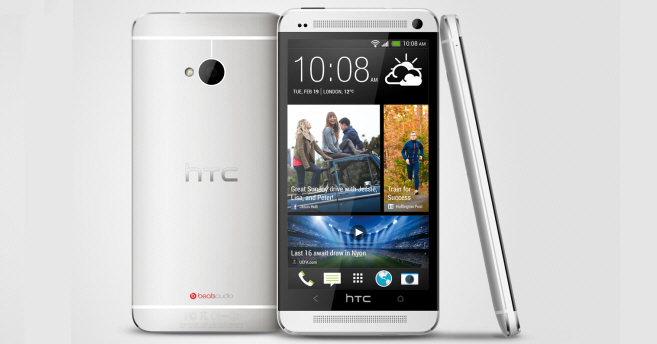
Meet the HTC One
On Tuesday, after numerous leaks and rumors, Taiwanese mobile device manufacturer HTC unveiled a new flagship Android smartphone tastefully named One. With One the company has jumped off the ever increasing display size bandwagon and decided to stick to a more tried and true 4.7-inch panel, while packing a high-end quad-core processor.
The international One comes in silver and black and, depending on the market, other colors such as red might be available as well. The front of the handset is dominated by rounded corners and symmetrical speakers while the back features the now traditional tapered edges that HTC previously introduced with smartphones such as the Windows Phone 8X or DROID DNA. It's simply striking to look at.
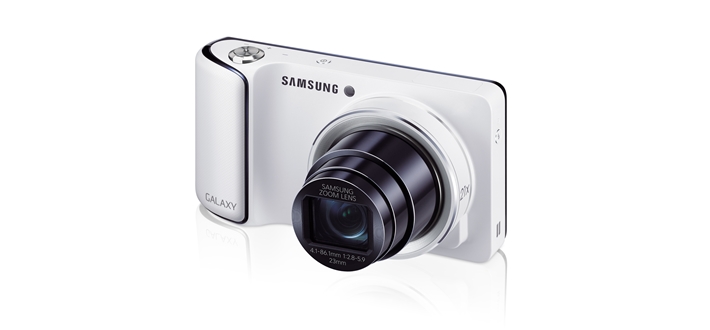
Samsung announces the Wi-Fi Galaxy Camera
On Tuesday, Samsung unveiled a new Galaxy Camera model featuring Wi-Fi-only connectivity. The South Korean manufacturer spares no expense, pairing the device with a quad-core processor and the first Jelly Bean iteration, among other noteworthy features.
With the Wi-Fi-only Galaxy Camera. Samsung drops support for 3G/4G LTE connectivity but maintains most of the specs from the original version. The new model features a 4.8-inch HD display with a resolution of 1280 by 720 and 308ppi density. The camera is powered by a 1.4GHz quad-core processor and a 1,650mAh battery, with the display and processor combination similar to the one found in the company's flagship Android smartphone, the Galaxy S III.

LG finally details the 'second and different' Optimus G Pro
Unveiling a smartphone without specs is like announcing a movie without releasing a trailer and only showing the poster to get everyone excited. That's exactly what LG did, little less than a week ago, with the 'second and different' Optimus G Pro. It got us confused, and worked up, and took the South Korean manufacturer until Monday to finally give in and spill the beans.
Last week LG revealed very little about the Optimus G Pro, only focusing on two major areas -- the display and the processor. The former is known to feature a "2.5D" effect, similar to the faux-3D virtual geometric model used in games, for instance. The panel is a 5.5-inch unit backed by a resolution of 1920 by 1080. LG gave even less away when it came to the processor, only mentioning that it is of quad-core origin. But let's stop looking at the poster and watch the trailer instead.
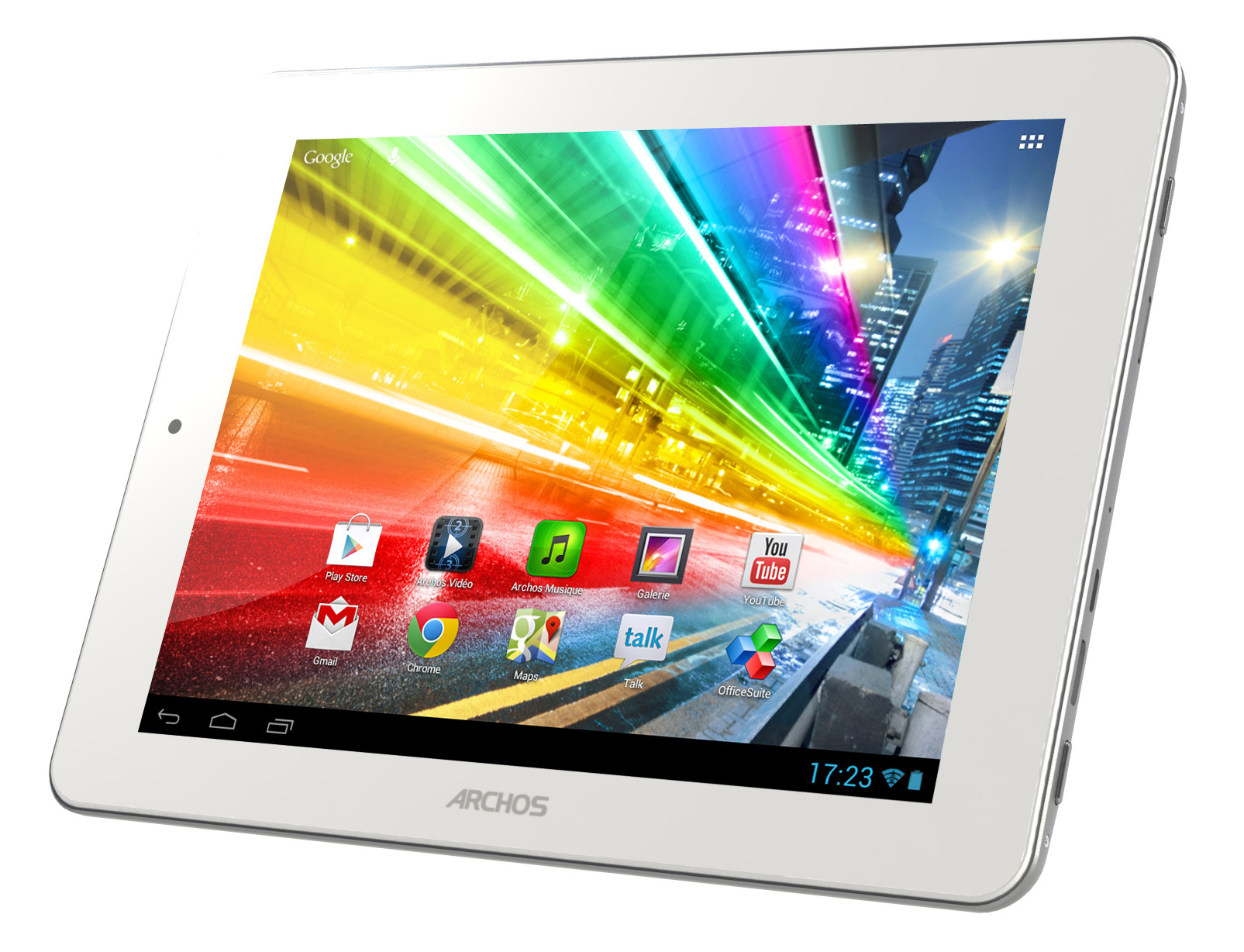
Archos unveils the Platinum tablet lineup
On Valentine's day, French consumer electronics company Archos professed its love for mobile technology by unveiling a new tablet lineup dubbed Platinum. The three devices, 80 Platinum, 97 Platinum HD and 116 Platinum, are designed for the wallet-conscious tablet buyers while also sporting pretty decent hardware specifications.
The common denominators between the three tablets are found inside the shell, with only the physical dimensions and screen specifications separating them. The devices share a quad-core 1.2GHz processor backed by an 8-core GPU (Graphics Processing Unit) and 2GB of RAM. Archos also throws in its branded Media Center applications, front and back cameras, as well as a mini-HDMI port and microSD card slot.

Google posts Android 4.2.2 factory images for Nexus 4, 7, 10 and HSPA+ Galaxy smartphone
Three days ago, Google released the much-anticipated Android 4.2.2 Jelly Bean update, containing security improvements as well as Bluetooth-related bug fixes. Making Nexus owners even happier (well, at least some of them), the search giant also updated the factory images with the latest green droid iteration.
Among other purposes, the factory images can be used to restore Nexus-branded devices to a stock state after previously running custom green droid distributions, or update them to the latest version of Android. At a quick glance, for my Galaxy Nexus smartphone, the Android 4.2.2 Jelly Bean factory images ship with a newer radio (XXLJ1), as well as a more recently-dated kernel (version 3.0.31, with a November 28 time-stamp). The "userdata.img" file is also freshly-dated with a February 8 build date.
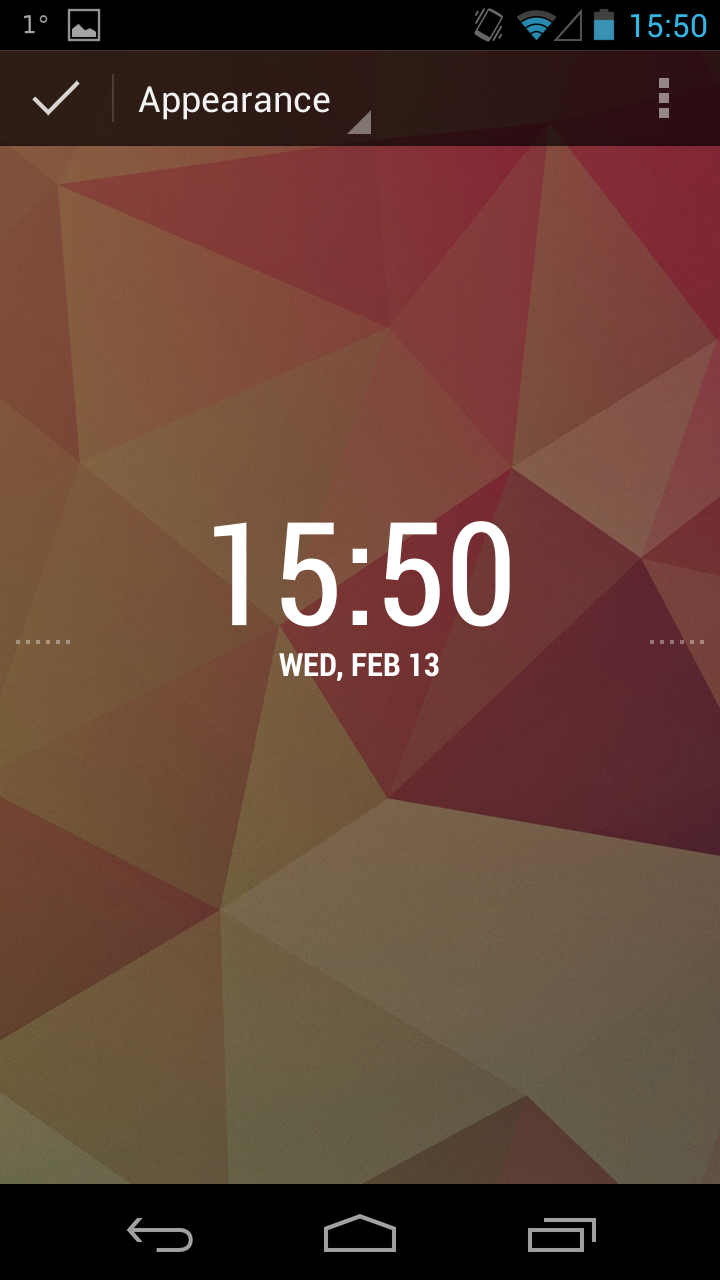
Use DashClock widget to empower the Android 4.2 Jelly Bean lockscreen
One of the least impressive features added by Google in Android 4.2 is the ability to use lockscreen widgets. By default the second Jelly Bean iteration comes with a limited number of options, none of which is capable of delivering enough glanceable information without swiping left and right to find emails or calendar entries. With DashClock Widget the true potential of lockscreen widgets is unleashed by displaying relevant "status items" right after unlocking the device, all in one go.
DashClock Widget can be used as a Digital clock widget replacement, further building on the stock functionality by introducing support for next scheduled alarm, upcoming calendar appointments, missed calls and unread texts, unread Gmail inbox or Priority inbox count as well as local weather data. Straight off the bat it puts the stock lockscreen widgets to shame by combining sufficient relevant information, all in one place.

AOKP Jelly Bean MR1 Build 3 is available
Little more than three weeks since the last build, Android Open Kang Project, the team behind the popular AOKP green droid custom distribution, has unveiled Jelly Bean MR1 Build 3. The newest stable build sports the latest bug fixes and improvements added before Google released Android 4.2.2.
The team behind the project warns that issues related to Bluetooth should not be reported, as "it can’t/won’t be fixed before the 4.2.2 merge". The timing is rather interesting seeing as Google reportedly took charge and finally improved Bluetooth connections in the latest update, which arrives less than a day after the release of Jelly Bean MR1 Build 3. The new build introduces support for a couple of new devices, including the Acer Iconia Tab A510 (codename "a510"), the T-Mobile variant of the Samsung Galaxy S II (codename "hercules") and the LTE variant of the Samsung Galaxy Note II (codename "t0lte").
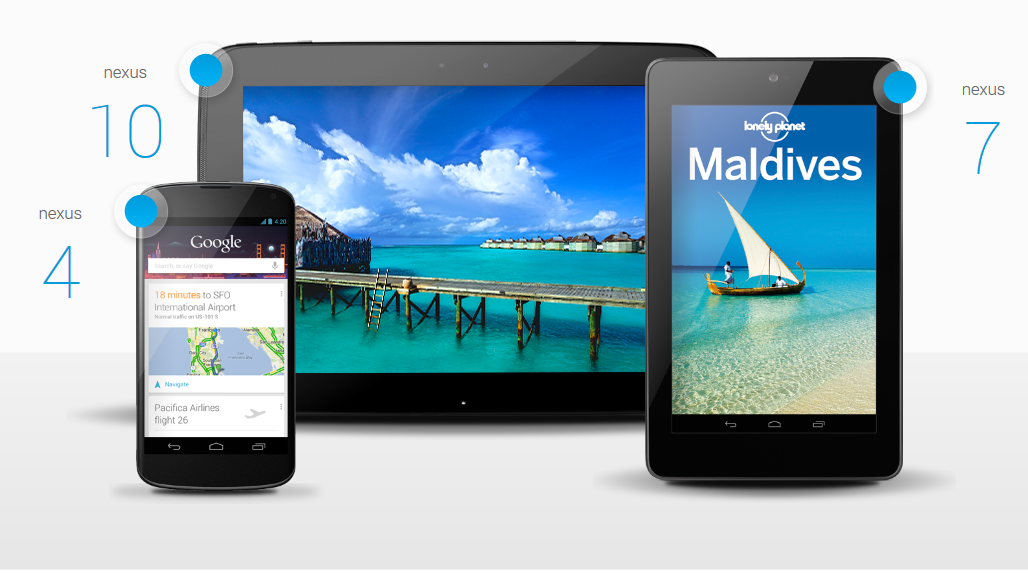
Android 4.2.2 rolling out for Nexus devices
Google Nexus owners, unlock your devices and start checking for updates because Android 4.2.2 Jelly Bean is now rolling out. The latest software version is reportedly hitting Galaxy Nexus, Nexus 7 and Nexus 10 devices, with no word at the moment relating to the Nexus 4.
The Android 4.2.2 update bumps up the build number to version JDQ39 and mostly appears to contain minor fixes. No official changelog has been provided by Google at this moment, but users are reporting improvements for Bluetooth streaming which now presents "less hicups [...] but still not perfect" with apparent disconnects when switching from Wi-Fi to cellular data.

Sony details the Android 4.1 Jelly Bean upgrade for Xperia smartphones
Sony's Android 4.1 Jelly Bean upgrade for 2012 Xperia smartphones is a long time coming. The Japanese manufacturer announced its plans in mid-October last year, and followed it up with a brief update two months later. Finally, as planned, deployment is set to kick off "this week".
The first smartphones to receive the coveted upgrade to the original Jelly Bean iteration are the Xperia T and Xperia, with Xperia TX owners having to wait until next month for the same software treatment. In an attempt to appease impatient users and to drum up some interest, Sony has decided to spill the beans on what Android 4.1 Jelly Bean entails for Xperia users by providing a list of significant changes included in the upgrade.
